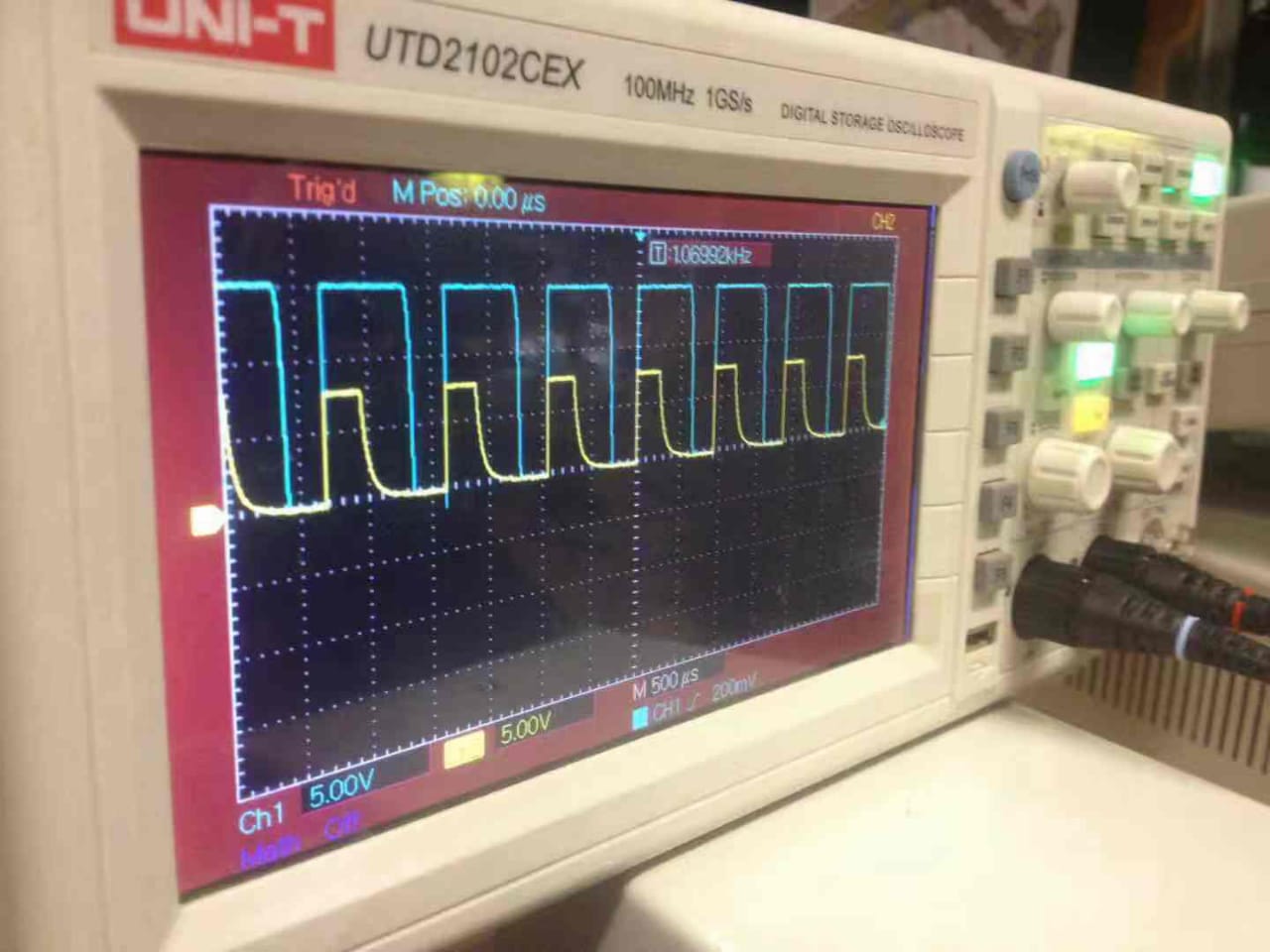I am receiving PWM signal at 7.8V from a given controller, with which we need to control the speed of a DC motor at 18 V. I implemented the following circuit for this.
 However, the output to motor signal (blue) is not following the original PWM (yellow) and duty cycle is increased by 50%. What could be the culprit. I dont think it is the awkward taper off on the downleg of the input signal
However, the output to motor signal (blue) is not following the original PWM (yellow) and duty cycle is increased by 50%. What could be the culprit. I dont think it is the awkward taper off on the downleg of the input signal  .
.
What could be a remedy?
How about this solution?




